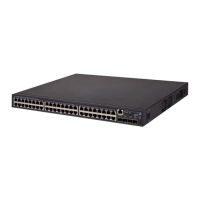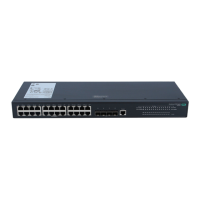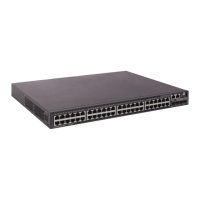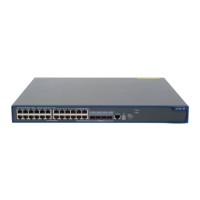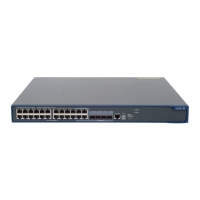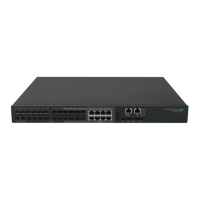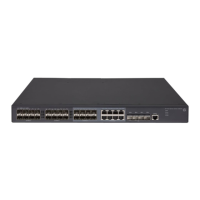
Do you have a question about the HP 5130 EI series and is the answer not in the manual?
Explains CLI views, their hierarchical organization, and unique prompts for identification.
Covers entering commands, editing lines, using abbreviations, aliases, hotkeys, and online help.
Explains how to save the running configuration to a file for persistence after reboot.
Details the procedure for connecting a terminal and logging in through the console port for initial access.
Introduces CLI login, user lines, identification, and authentication modes.
Explains assigning user roles to control access to commands and system resources.
Details configuring Telnet server, authentication modes, concurrent users, and DSCP values.
Covers configuring SSH login on the device, including key pairs and server enabling.
Details enabling command authorization, requiring user roles and AAA schemes for command access.
Introduces RBAC, permission assignment, user role rules, resource policies, and predefined roles.
Covers creating user roles, configuring rules, changing policies, and assigning roles to users.
Details configuring basic parameters, authentication, authorization, and releasing connections.
Details saving the running configuration to a file, specifying it as the next-startup configuration file.
Explains manual archiving and rolling back the configuration to a previous state.
Explains how to specify main and backup next-startup configuration files for the device.
Covers preparing for upgrades, preloading Boot ROM, specifying startup images, and verifying settings.
